Community interviews reveal new insights on the distribution and use of the Critically Endangered smalltooth sawfish
Written by Dr. Tristan Guttridge, lead scientist at Saving the Blue
My first encounter with a sawfish was in the summer of 2006. I can still remember the moment! It was midnight, I was checking a net we were using to catch and tag lemon sharks, when I came across a large section that was completely submerged. I knew it had to be something big, but a cloud of silt concealed it. I waited, my mind racing with visions of big sharks, until finally the water cleared to reveal the remarkable spectacle of a smalltooth sawfish. It was 10 ft long with the distinctive rostrum, lined with glistening knife-like teeth, making up a third of its body. I was mesmerized!
Fast-forward 16 years, it might come as a surprise, that my personal sawfish encounter count has barely reached ten animals (not even one per year). But most marine biologists would be jealous! Sadly, the lack of encounters is a result of steep declines in smalltooth sawfish abundance (95%) and geographical range (81%) over the past century in the Atlantic Ocean. They are classified as Critically Endangered by the IUCN Redlist and this perilous status results not only from targeted and accidental catch by fisheries, but also their low reproductive potential. The slow growth rate, late age they reach sexual maturity, and few young they give birth to every 2-3 years increases their vulnerability to human impacts, including the continued loss of critical nearshore habitat.
Andros Island – A beacon of hope for sawfish
Very few people have had the privilege of encountering a sawfish and there are handful of locations where they can be reliably found. One of these special places is Andros Island in The Bahamas. It is both the largest and least densely populated island of the archipelago supporting vast expanses of pristine mangrove, seagrass, and coral reef ecosystems. Over the past decade, research efforts in Andros have yielded valuable movement and size data on smalltooth sawfish. However, their low abundance and use of remote habitats has restricted scientific progress to north-western Andros. The cryptic nature of sawfishes coupled with their rarity has made data collection challenging. Yet, Andros Island is a popular recreational fishing location and guides regularly spend >200 days on the water annually. From informal discussions, we have learned that many guides have encountered sawfish; their knowledge of the species is a very important source of data.
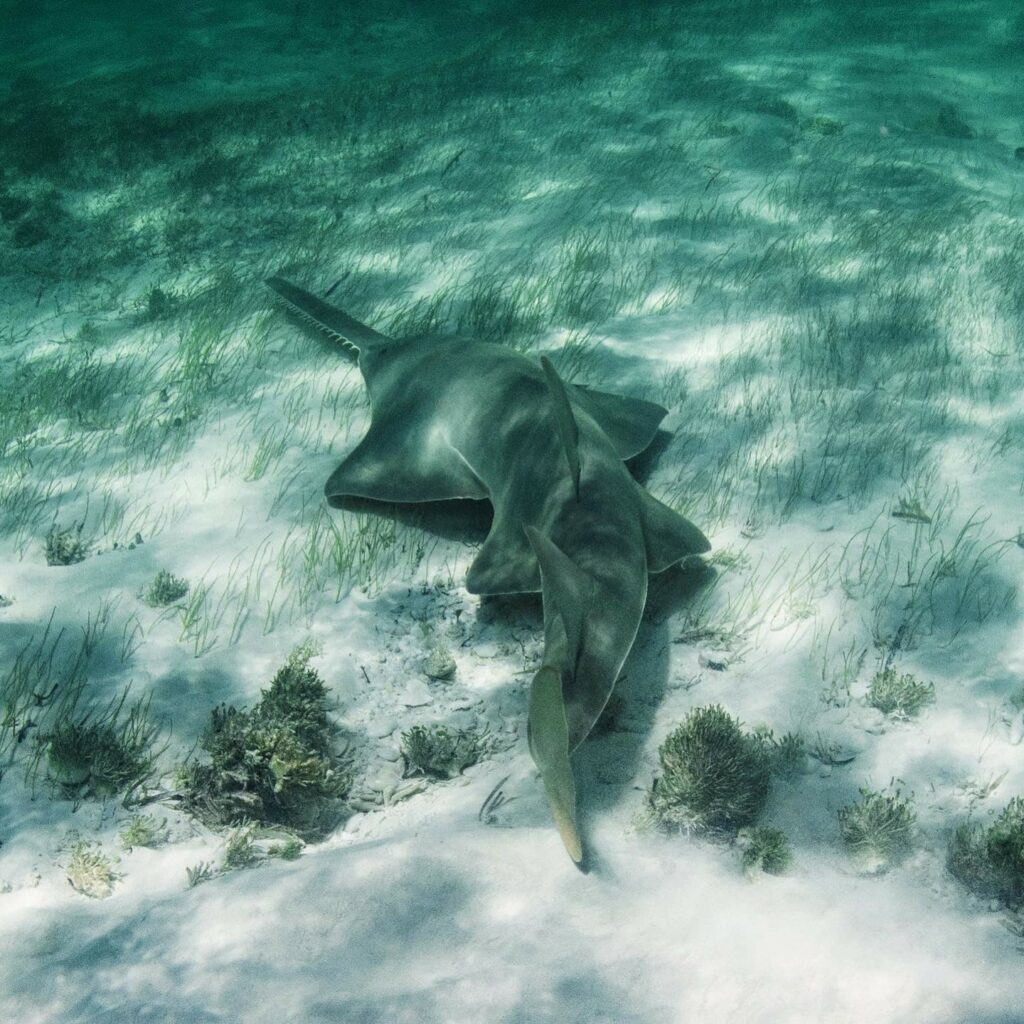
Collaborating with local water users to provide key data on sawfish
For the past 3 years our team from non-profit Saving the Blue has developed relationships with various community members in Andros, and so from October to December in 2021 we conducted interviews with fishing guides and other water users. Our aim was to describe sawfish distribution patterns in Andros, and identify key regions or habitats where sawfish monitoring would be effective, and potentially lead to protection.
To our surprise, 99 encounters were reported with smalltooth sawfish from just 77 interviews. That is quite a few more than I saw in a whole decade! These encounters included sawfish of all life stages and 40% were in 2021! Importantly, they were distributed throughout the entire island, and like other studies were found in shallow (< 2 meters / 6 feet), muddy flats, close to shore (<1 km). We were also delighted to reveal the first documentation of smalltooth sawfishes less than one year of age on Andros’ east coast, as well as clustered encounters in the back country of southern Andros, identifying potential nursery habitats for the species.
However, despite most encounters being sightings, 22% (n = 20) of sawfishes were caught, and worryingly just under half of these were harvested. In one settlement, two sawfishes were caught and harvested in 2021, with further remains found on a local beach, confirming that this practice is ongoing. This evidence is particularly concerning for smalltooth sawfishes given their Critically Endangered status, low reproductive potential, and low effective population size in neighboring regions. Although, this is a challenging situation as the sawfish are being consumed for protein and are not being killed for recreational purposes.
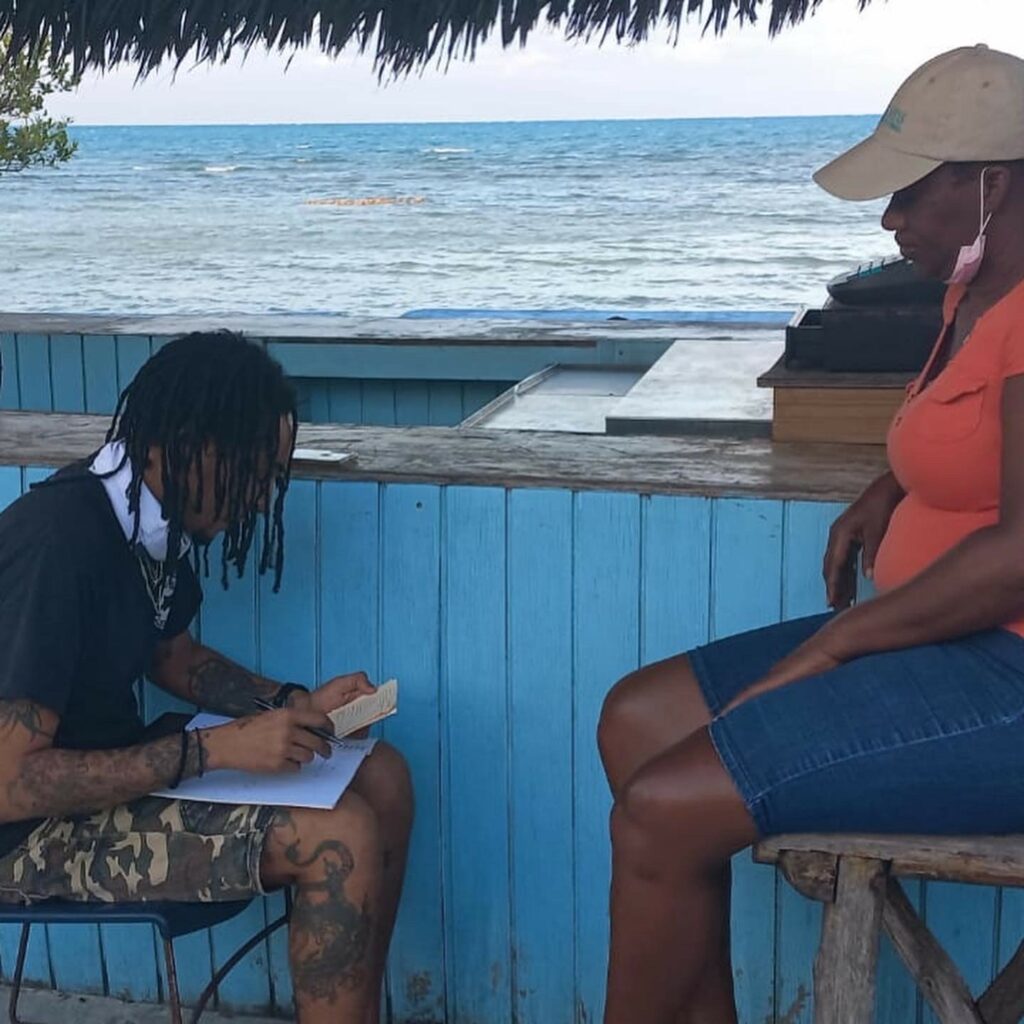
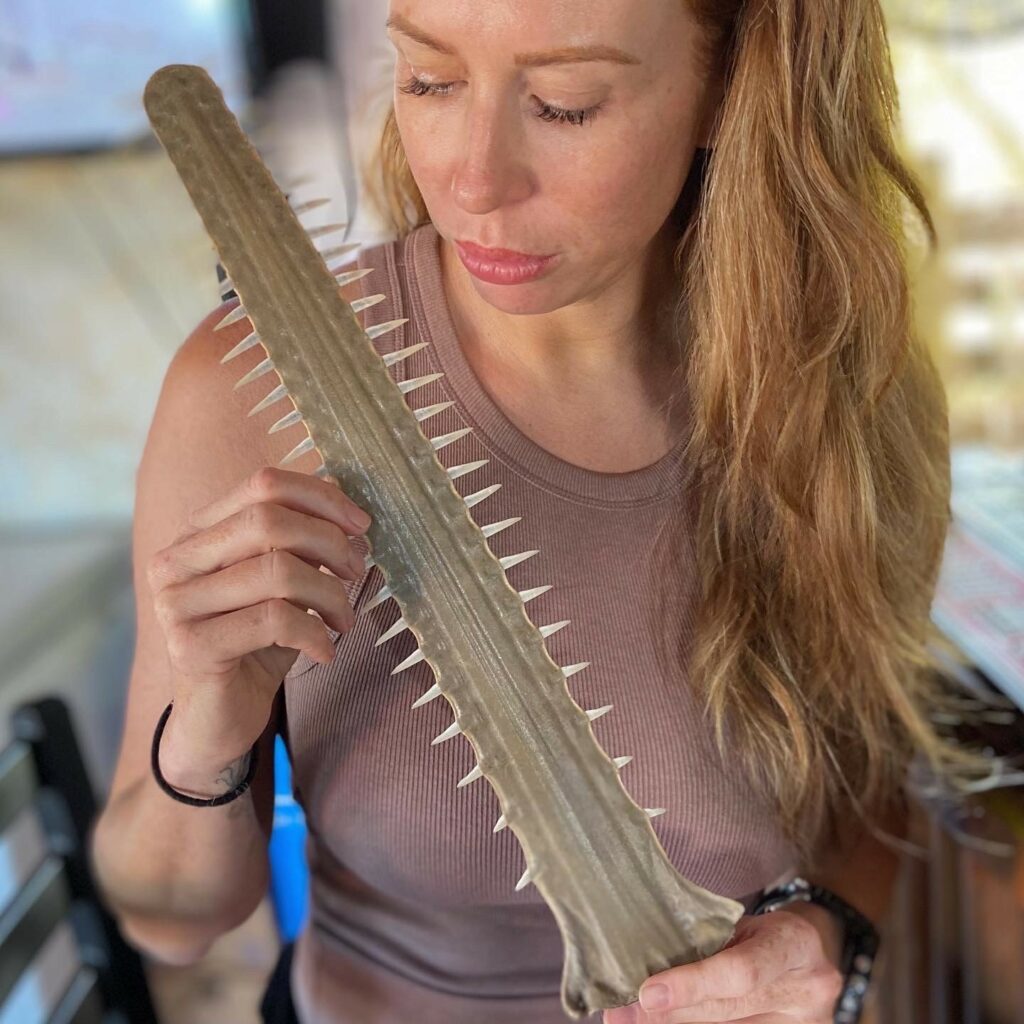
Critical next steps – protection, education and outreach
While our findings of recent encounters with smalltooth sawfish are promising, there is clearly an urgent need for more expansive protection across their range in Andros. Perhaps the formal development of a national strategy for sawfish conservation or adding sawfish to the existing shark sanctuary to provide national protective measures would be an effective conservation action? With a lack of connectivity to sawfish in the US, it is likely that Andros hosts a separate subpopulation that cannot sustain fishing pressure. So, any harvest could be extremely damaging to the viability of this population!
One key outcome of our interviews was the need for community-led outreach and education activities to instill conservation initiatives, including ecotourism and wildlife guiding, and a Bahamian sawfish reporting network. On a recent visit to South Andros, fishing guides were excited to show where they had encountered sawfish, reliving memories of giants on the flats. And children in primary schools could quickly identify them shouting, “SAWFISH, SAWFISH, SAWFISH”. The sawfish is an iconic animal often revered culturally, and an encounter with one is an everlasting memory. Our team hopes to grow this reverence in Andros through regular school visits and communication with waters users to empower Androsians to conserve this remarkable species.
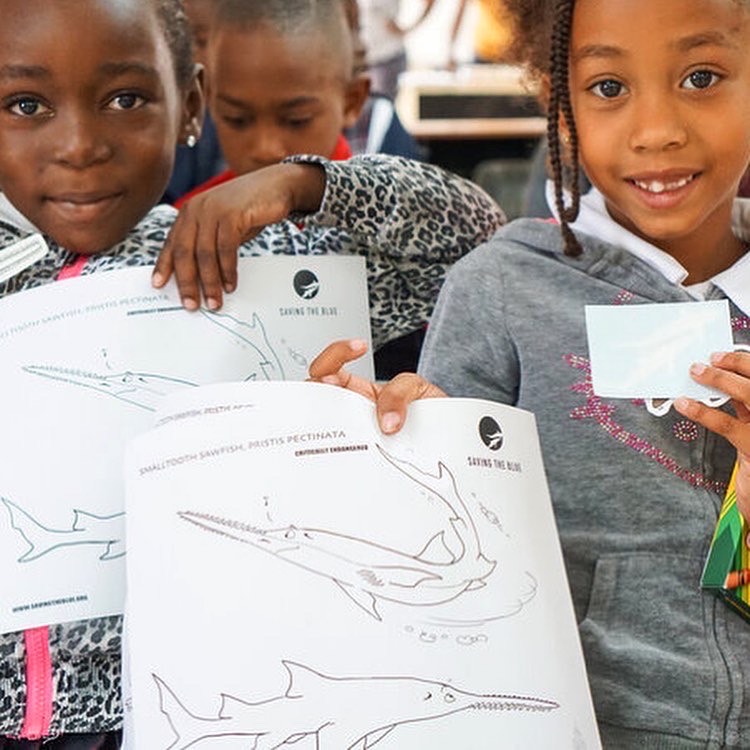
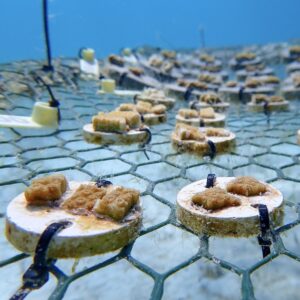
What If Saving an Entire Reef Started With a Single Coral Fragment?
Through the Reef Rescue Network (RRN) in partnership with Atlantis–Paradise Island and the Atlantis Blue Project Foundation, that’s exactly what’s happening—every day, in The Bahamas.
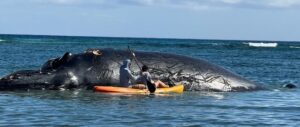
Rescue, Research, and Recovery: Humpback Whale Stranding in The Bahamas
When Tragedy Sparks Action: A Humpback Whale Stranding in Eleuthera In February 2025, our commitment to marine mammal conservation in The Bahamas was put to

The Lifeline of Coral Reefs: How Gene Banks Help Save Endangered Corals
In the clear, warm waters of The Bahamas, corals form vibrant underwater ecosystems essential to marine life, local economies, and coastal resilience. However, coral reefs
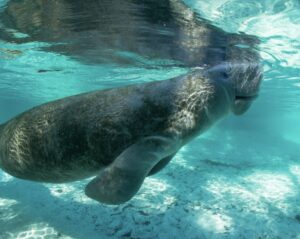
Rare Manatee Sighting in Nassau Highlights Urgent Need for Conservation Awareness
On September 25, 2024, a rare and captivating sighting occurred at Bay Shore Marina in Nassau—a manatee was spotted casually drinking fresh water from a
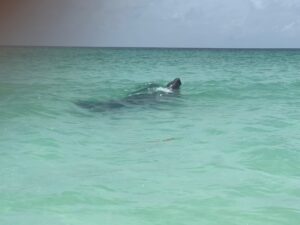
Community Efforts Drive Marine Mammal Conservation in The Bahamas
In late July 2024, The Bahamas Marine Mammal Research Organisation (BMMRO) was alerted to a tragic discovery in the waters north of Bahama Palm Shores,
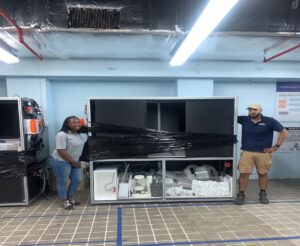
Bahamas Coral Gene Bank Equipment Arrives at Atlantis Resort
We are thrilled to announce that The Bahamas Coral Gene Bank at Atlantis, Paradise Island has received two 40-foot containers packed with essential lab equipment

